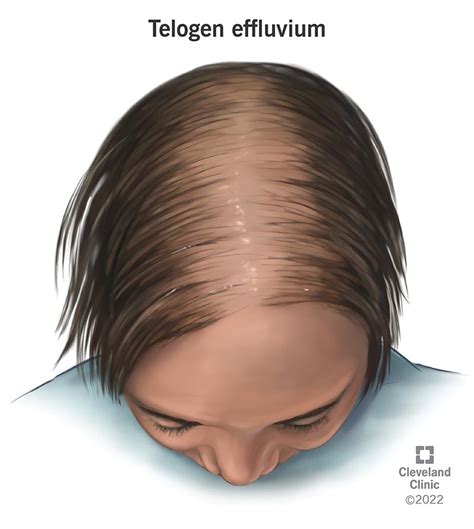Losing hair can be a distressing experience, especially when it occurs on the top of the head. This condition, known as alopecia areata, affects millions of people worldwide and can have a significant impact on self-esteem and overall well-being.

Causes of Hair Loss on Top of Head
Alopecia areata is an autoimmune disorder in which the body’s immune system attacks the hair follicles, leading to hair loss. The exact cause of this immune response is unknown, but genetic and environmental factors are believed to play a role.
Common causes of hair loss on top of head include:
- Genetics: Approximately 60% of alopecia areata cases have a genetic link.
- Hormonal changes: Hair loss can occur during pregnancy, menopause, or after childbirth due to hormonal imbalances.
- Medications: Certain medications, such as chemotherapy and antidepressants, can cause hair loss as a side effect.
- Underlying medical conditions: Hair loss on the top of the head can be a symptom of thyroid disorders, iron deficiency, or other medical conditions.
- Lifestyle factors: Stress, smoking, and poor nutrition can contribute to hair loss.
Types of Hair Loss on Top of Head
Alopecia areata can manifest in different forms, depending on the area and extent of hair loss:
- Alopecia areata: This is the most common type, characterized by small, round patches of hair loss on the scalp.
- Alopecia totalis: This refers to complete hair loss on the scalp.
- Alopecia universalis: This involves hair loss on the scalp, face, and body.
Treatment Options for Hair Loss on Top of Head
Treatment options for hair loss on top of the head vary depending on the underlying cause and the severity of the condition.
Medical treatments:
- Minoxidil: This topical medication is applied to the scalp and can help promote hair growth.
- Finasteride: This oral medication is used to treat male-pattern baldness and can also help slow down hair loss in women.
- Steroid injections: Corticosteroids can be injected into the scalp to suppress the immune response and promote hair growth.
- Immunosuppressants: These medications are used to suppress the immune system and prevent hair loss.
Surgical treatments:
- Hair transplantation: This involves transplanting hair follicles from one area of the scalp to the affected area.
- Scalp reduction surgery: This surgical procedure removes a section of bald scalp and stretches the surrounding hair-bearing scalp to cover the bald area.
Prevention of Hair Loss on Top of Head
While there is no surefire way to prevent hair loss on top of the head, there are some strategies that may help:
- Manage stress: Stress can trigger or worsen hair loss.
- Maintain a healthy diet: Ensure adequate intake of protein, iron, and vitamins.
- Avoid smoking: Smoking damages hair follicles and contributes to hair loss.
- Protect hair from sun damage: UV rays can damage hair and lead to hair loss.
- Get regular checkups: See a doctor to rule out any underlying medical conditions that may be causing hair loss.
Tips and Tricks for Coping with Hair Loss on Top of Head
Dealing with hair loss can be challenging, but there are ways to cope and feel more confident:
- Embrace hair loss: Accept your hair loss and focus on the things you can control.
- Experiment with hairstyles: Explore different hairstyles that can minimize the appearance of hair loss or create the illusion of volume.
- Consider hair extensions or wigs: This can provide a temporary or semi-permanent solution to hair loss.
- Join support groups: Connect with others who understand what you’re going through.
- Seek professional help: If hair loss is affecting your mental health, seek support from a therapist or counselor.
Conclusion
Hair loss on top of the head can be a distressing experience, but it is important to remember that you are not alone. There are many causes and treatment options available, and with the right approach, it is possible to manage hair loss and improve your overall well-being.
